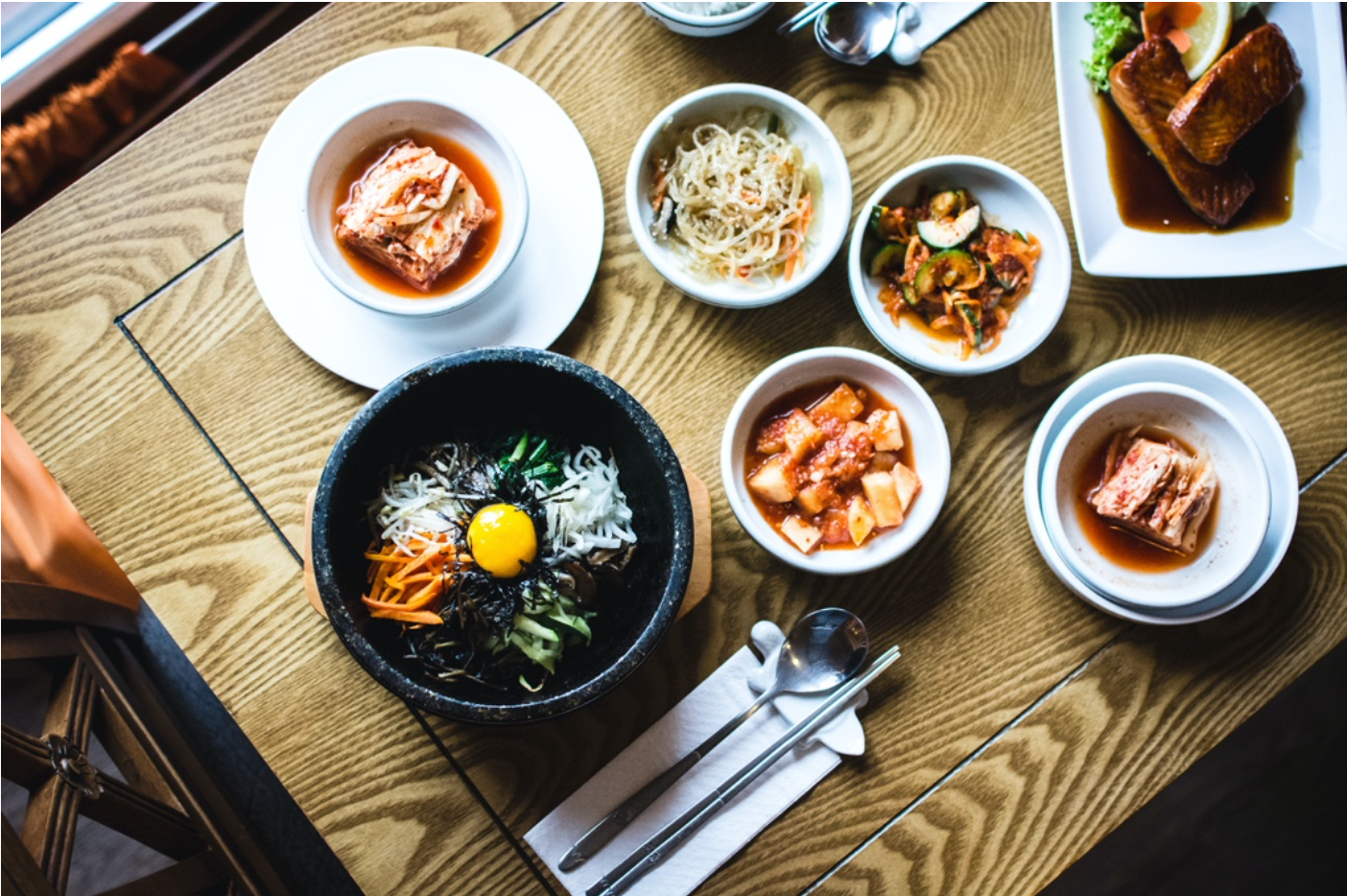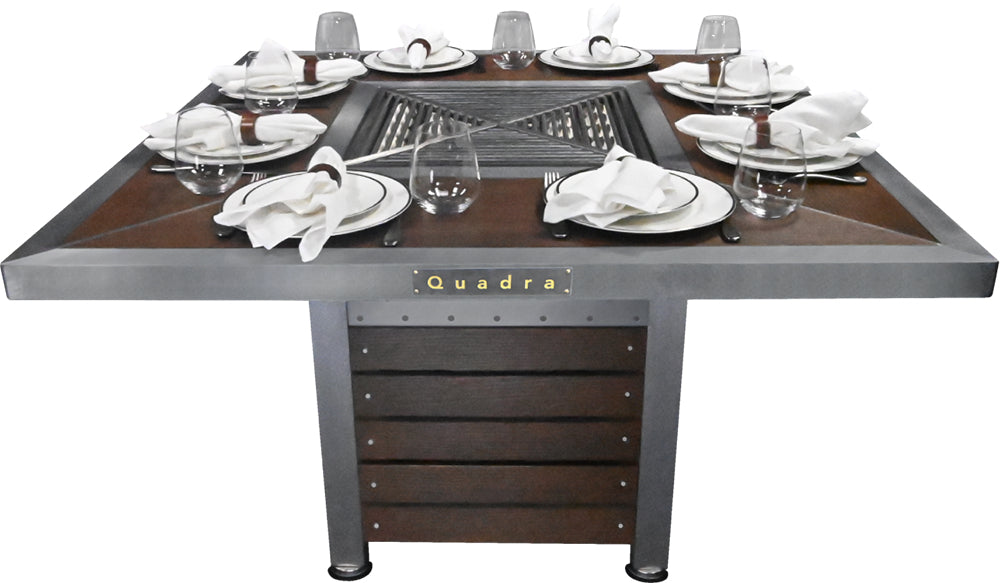The Difference Between Korean BBQ and Japanese BBQ
Korean BBQ and Japanese BBQ are two different methods of grilling meat and vegetables in Korean and Japanese cuisine. While both share some things in common, like being traditionally cooked indoors on a dining table with grill, they also have many differences that make each method unique in its own way.
One of the main differences between Korean BBQ and Japanese BBQ is how each is prepared. Korean BBQ is cooked on a Korean BBQ table grill where meat is grilled on gas or charcoal grills that are inlaid into the dining table. Japanese BBQ involves cooking meat either over a Japanese hibachi table grill, which is a small, portable barbecue made from cast iron; or a Japanese teppanyaki grill, which features a solid flat griddle and works with a propane flame.
Teppanyaki means “grilled iron plate” and Japanese chefs often use a Japanese teppanyaki grill table so they can easily flip and grill food items.
Hibachi means a “fire bowl” and is smaller than the Japanese teppanyaki grill table. Hibachi-style Japanese teppanyaki cooking involves multiple people sitting around a gas-heated hotplate that has been integrated into a table so they can all dine together.
Another difference between Korean BBQ and Japanese BBQ is the way that the meat is flavored. Korean BBQ adds flavor by soaking meat in marinade to make it well seasoned and more flavorful, while Japanese BBQ focuses on the taste of the meat and incorporates various dipping sauces such as garlic, mirin (a type of rice wine that is a common ingredient in Japanese cooking) and soy sauce to add flavor to non-marinated meat. Korean BBQ and Japanese BBQ both incorporate beef and chicken into their dishes, although Japanese BBQ tends to focus more on high-quality cuts of beef whereas Korean BBQ also prominently features pork in its dishes.

Korean BBQ; Photo: Clint Bustrillos
Korean BBQ comes in several different varieties including bulgogi, which consists of meat that has been soaked in a mixture of sugar, ginger, soy sauce, sesame oil, pepper, garlic and scallions before being prepared on a Korean BBQ grill table. Another type of Korean BBQ is galbi, which is made with beef short ribs that have been marinated with soy sauce, sugar, water, mirin and onions and then prepared on a Korean barbecue grill table. Other Korean BBQ varieties include daeji bulgogi (spicy pork that is immersed in sauce made with gochu garu, a type of Korean chili powder), as well as jumulleok, which features short steak marinated with sesame oil, salt and pepper.
Japanese BBQ styles include yakiniku, where pork and beef are sliced into bite-sized pieces and baked into charcoal; yakiton, which grills different pork meat cuts over charcoal; and yakitori, which typically features grilled chicken charcoal roasted on skewers until the outside is crispy and the inside is tender. Teppanyaki is another popular style of Japanese BBQ that consists of thin slices of beef mixed with soy sauce and sugar and cooked on a Japanese teppanyaki grill.

Japanese grilling; Photo: Gabriel Forsberg
Korean BBQ and Japanese BBQ are also served differently. Korean BBQ is served with a wide variety of vegetable side dishes known as banchan that range from kimchi and spicy cucumber salad to seasoned spinach and kongnamul muchim, otherwise known as seasoned soybean sprouts. On the other hand, Japanese BBQ keeps things more simple and the meat is handled with chopsticks and served alongside a smaller selection of raw vegetables with dipping sauces.
Korean BBQ and Japanese BBQ are two popular ways to cook meat and vegetables. Korean BBQ is great for those with adventurous palates who enjoy a wide variety of vegetables and side dishes served alongside well-seasoned meat. Japanese BBQ is ideal for those who enjoy a more straightforward serving style that focuses on quality cuts of beef and relies on sauce for flavor. Both offer delicious culinary experiences that can either be prepared at home or enjoyed at a restaurant.

Angara Grill Table; Photo: ibbq, Inc.
The Angara by ibbq is a sophisticated outdoor dining table with a built-in grill that is perfect for backyard entertaining. Crafted in tigerwood with a powder-coated steel frame and dishwasher-safe cooking grates, the Angara is available in 4-seater, 6-seater and 8-seater options. Combining the best features of a Korean BBQ table with a Japanese Hibachi table or Japanese teppanyaki table, the Angara is ideal for a variety of outdoor entertaining spaces including patios, balconies and terraced gardens, larger family homes, apartment communities, restaurants and resorts.



